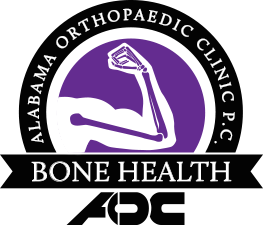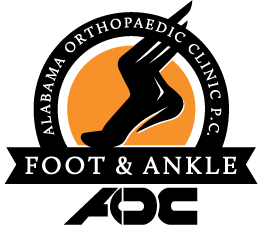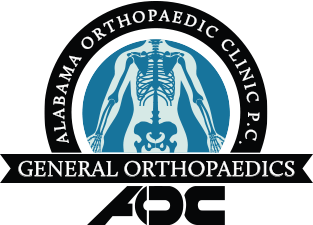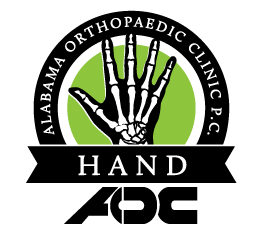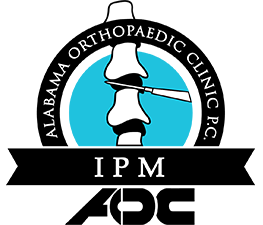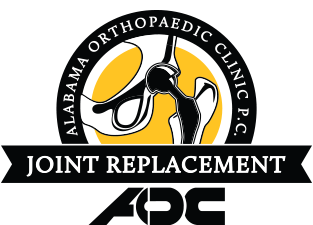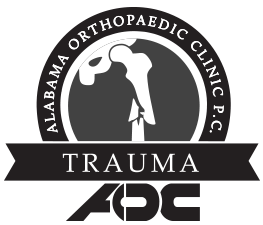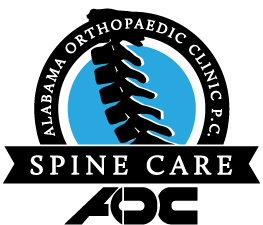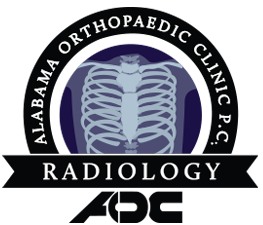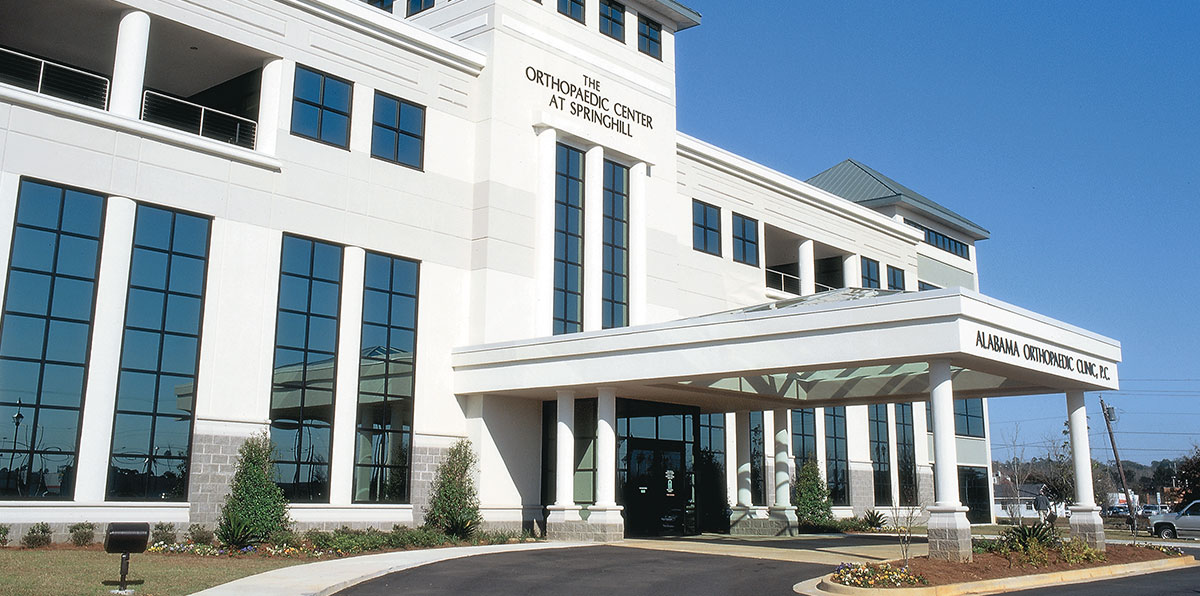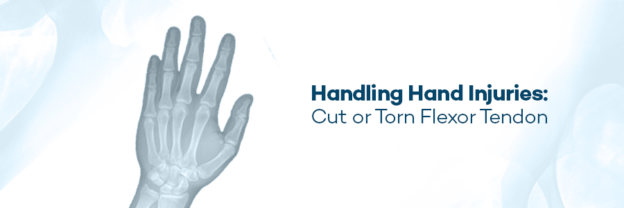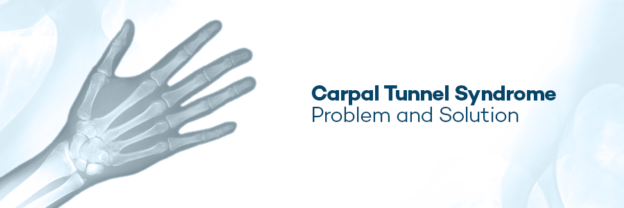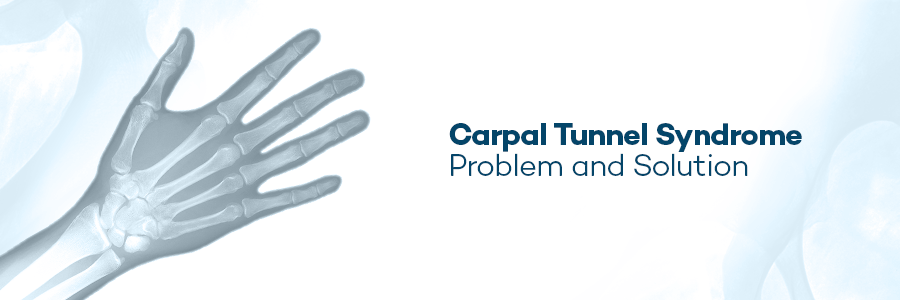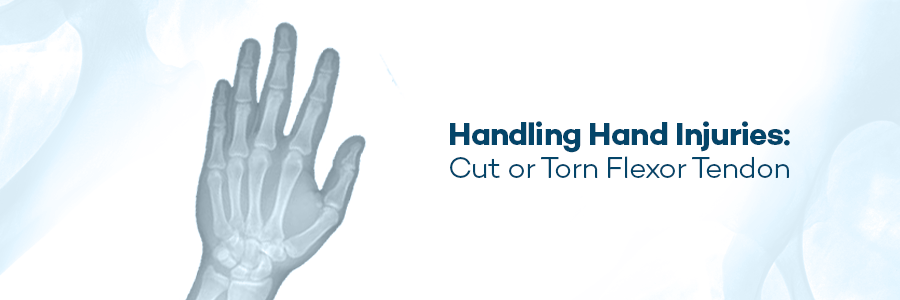
The human hand is comprised of many tendons, which are tissues that connect muscle to bone. Tendons help the hand move by pulling the bone as muscles contract. For example, extensor tendons are located on the top of the hand and straighten the fingers. Flexor tendons are on the palm side and work to bend the fingers. Flexor tendons actually start at the elbow and forearm regions as muscles and become tendons just past the middle of the forearm.
Because they are close to the skin’s surface, any sort of deep cut or tear can hit a flexor tendon. While a cut or tear—whether it occurs in the forearm, wrist, palm, or finger—might seem minor, in reality, it can completely prevent fingers from bending.
Some of the most common symptoms of a cut or torn flexor tendon include:
• An open cut or tear on the palm side of the hand
• Inability to bend one or more fingers
• Pain
• Tenderness in finger
• Numbness in fingertip
Because cuts or tears pull the ends of the flexor tendon apart, it’s impossible for a tendon to heal on its own. A doctor’s treatment is required and most of the time requires surgery. The Hand Team at AOC is proficient in flexor tendon repair. We understand that a flexor tendon injury greatly impacts the ability to perform even the smallest activities and tasks. Our board certified Hand Team of Dr. William Crotwell, Dr. Suanne White-Spunner, and Dr. Jared Burkett use the most up-to-date procedures to get your life quickly back on track. For more information, call 251-410-3600 or visit us at alortho.com.


















